FUNDING CUTS IMPACT CT HUMANITIES: Help CT Humanities navigate recent funding cuts and continue our vital work across Connecticut. All donations made to CTH will be matched dollar-for-dollar up to $50,000. Donate today!
News & Updates
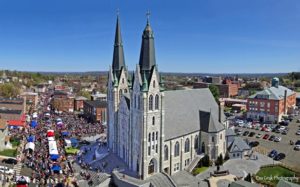
Witamy to Little Poland! – A Thriving Neighborhood in New Britain
A bustling ethnic neighborhood along Broad Street in New Britain is home to such a vibrant Polish population that it earned the nickname “Little Poland.”
Read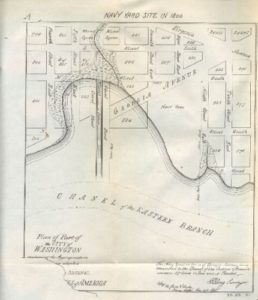
Colt’s Submarine Battery – Today in History: April 13
On April 13, 1844, Samuel Colt blew up a schooner on the Potomac River to demonstrate the effectiveness of his invention.
Read
The Hartford Whalers: Connecticut’s Last Major League Sports Franchise
Major league hockey debuted in Hartford in 1975 and the Hartford Whalers remained a staple of the Connecticut landscape for twenty-three years.
Read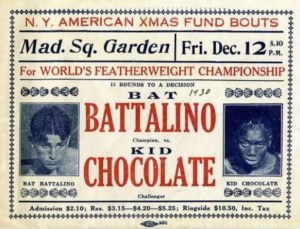
Battling Bat Battalino: One of Hartford’s Heroes
A tenacious and long-lasting boxer, Battalino went on to win the world professional featherweight championship.
Read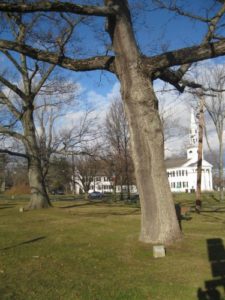
Litchfield’s Revolutionary War Soldiers’ Tree
In 1902, the Daughters of the American Revolution celebrated Arbor Day by planting a tree on the Litchfield Green to commemorate the town’s Revolutionary War soldiers.
Read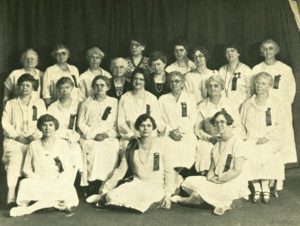
Celebrating Civil War Men and Women – Today in History: April 9
On April 9th, 1927 the Woman’s Relief Corps and Daughters of Union Veterans commemorated the 62nd anniversary of the surrender at Appomattox Courthouse.
Read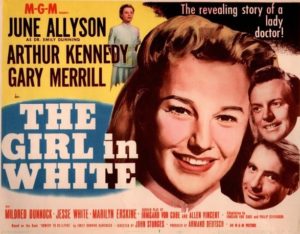
New Canaan’s Pioneering Female Physician
Dr. Emily Dunning Barringer was the first female ambulance surgeon in New York City and the first female physician to work as an intern in a New York City hospital.
Read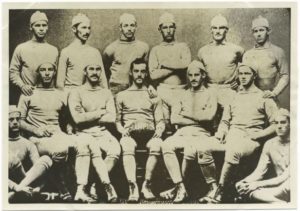
The “Father of American Football” is Born – Today in History: April 7
A native of New Britain, Walter Camp helped revolutionize the game of American football while a student and coach at Yale and for several years afterward.
Read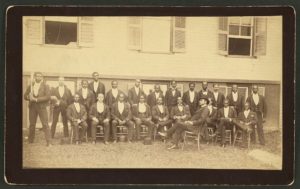
Swinging for the Fences: Connecticut’s Black Baseball Greats
In Connecticut, African Americans played organized baseball as early as 1868, some of the game’s biggest stars played for teams throughout the state.
Read
The Thimble Islands – Little Islands with a Big History
While initially uninhabited because of their rocky soil, the Thimble Islands in Branford evolved into both a popular tourist destination and an exclusive residential community.
Read
Bradley International Airport Transforms Windsor Locks into Regional Gateway
Bradley International Airport in Windsor Locks is Connecticut’s largest airport and the second largest in New England.
Read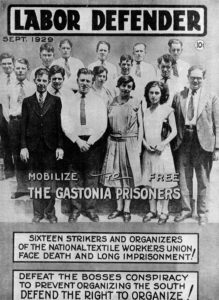
Vera Buch Weisbord’s “Radical” Life
Vera Wilhelmine Buch Weisbord was a labor activist who helped organize trade unions and strikes that shaped the labor movement of the 1920s and 1930s.
Read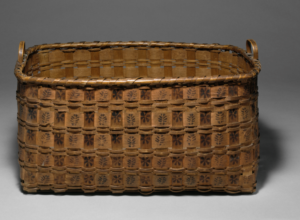
Quinnipiac: The People of the Long Water Land
The Quinnipiac still live in Connecticut and across the country, but the community is not presently one of Connecticut’s recognized tribes, nor is it federally acknowledged.
Read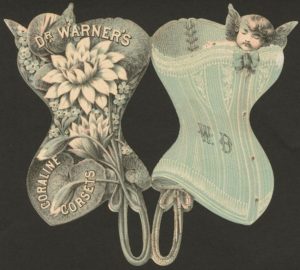
From Bombs to Bras: World War I Conservation Measures Transform the Lives of Women
A shortage of metal during World War I encouraged women’s clothing manufacturers (such as Bridgeport’s Warner Brothers Corset Company) to switch from producing corsets to brassieres.
Read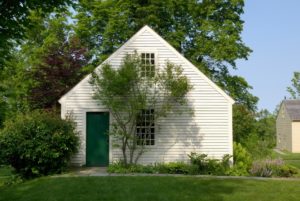
The Litchfield Law School: Connecticut’s First Law School
The Litchfield Law School, founded in 1784 by Tapping Reeve, became the first professional law school in Connecticut.
Read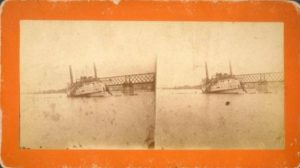
Steamboat Accident – Today in History: March 29
On March 29, 1876, the steamboat City of Hartford hit the Air Line Railroad Bridge on the Connecticut River at Middletown.
Read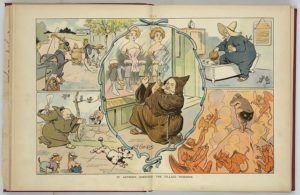
Connecticut and the Comstock Law
Connecticut passed its own state law in 1879 that carried the anti-contraception movement further than any other state in the country.
Read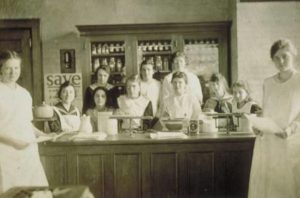
Much Good Might be Accomplished: Catharine Esther Beecher and the Pursuit of Domestic Economy
Thanks to this 19th-century educator and reformer, home economics is standard fare in schools today.
Read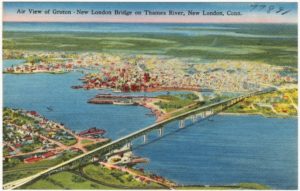
I-95 Reaches New London
The arrival of I-95 to New London brought tremendous change to the city’s infrastructure, as well as to its businesses and neighborhoods.
Read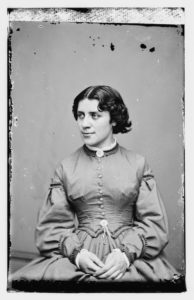
Anna Elizabeth Dickinson at Touro Hall – Today in History: March 24
On March 24, 1863, Anna Elizabeth Dickinson, a 20-year-old Quaker and abolitionist from Pennsylvania, spoke at Hartford’s Touro Hall.
Read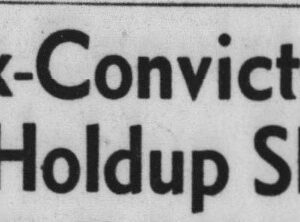
Joseph Taborsky and the “Mad Dog Killings”
Joseph “Mad Dog” Taborsky earned his nickname for the brutal methods he employed robbing and murdering his victims.
Read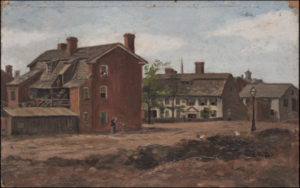
An Artist and Her Books: Amelia Watson, 1856–1934
Connecticut artist Amelia Watson’s works adorn some of the most elaborately designed and treasured volumes of the 19th and 20th century.
Read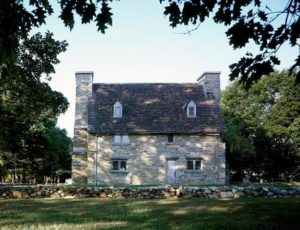
J. Frederick Kelly: Constructing Connecticut’s Architectural History
J. Frederick Kelly was both a well-known architect, preservationist, and architectural historian, whose works chronicled many of Connecticut’s historical properties.
Read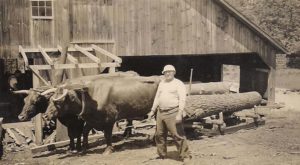
Chamberlin Mill: A Woodstock Survivor
West Woodstock’s Chamberlin Mill is a rare example of a water-powered circular saw mill converted to gasoline power.
Read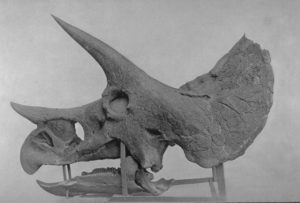
Paleontologist Othniel Marsh dies – Today in History: March 18
On March 18, 1899, America’s first professor of paleontology, Othniel Charles Marsh, died at his home in New Haven.
Read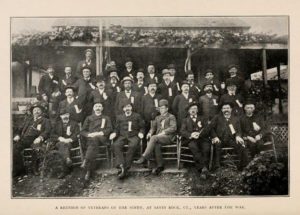
Fighting Sons of Erin: Connecticut’s Irish Regiment in the Civil War
Men with names like O’Brien, Kennedy, Mahoney, Murphy, Donnelly, Fitzpatrick, and Sullivan flocked to enlist in what a recruiting poster confidently described as a “destined to be gallant Regiment.”
Read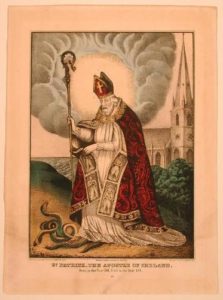
The Wearing of the Green: 19th-century Prints of Irish Subjects by Hartford’s Kellogg Brothers
Irish immigrants arrived in Connecticut in great numbers during the 1800s and, while anti-Irish sentiment was widespread, Hartford’s Kellogg brothers viewed these new Americans as potential customers.
Read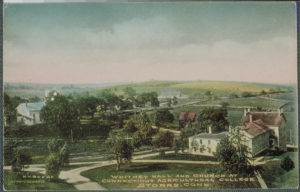
Connecticut Soldiers’ Orphans’ Home
In 1866, the Connecticut Soldiers’ Orphans’ Home opened in Mansfield to house and educate boys and girls left parentless by the Civil War.
Read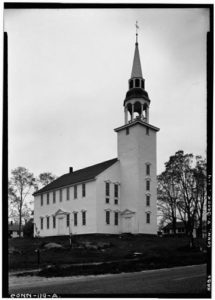
Celia Burleigh, Connecticut’s First Female Minister
In 1871, Celia Burleigh, a life-long activist and reformer, became minister of the Unitarian congregation in Brooklyn, Connecticut.
Read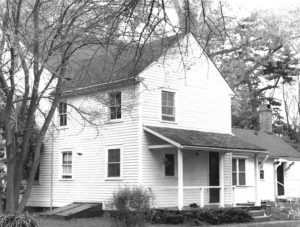
The Smith Sisters, Their Cows, and Women’s Rights in Glastonbury
By refusing to pay unfair taxes, these siblings became national symbols of discrimination suffered by women and of the struggle of the individual against government.
Read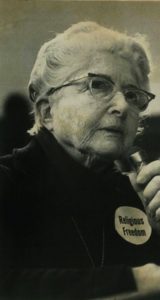
Hilda Crosby Standish, Early Proponent of Women’s Reproductive Health
A pioneer of sex education and family planning, this physician directed the state’s first birth control clinic in 1935.
Read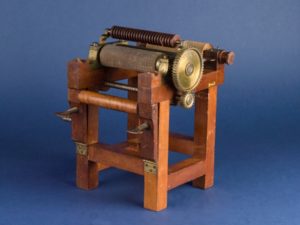
Charles Goodyear’s Machine for Making Rubber Fabrics
Credited with discovering the vulcanization process that fortified rubber against extreme temperature changes, Charles Goodyear received several patents over his lifetime.
Read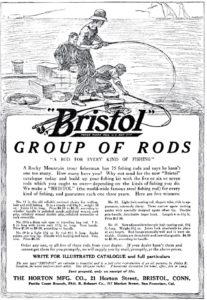
The Telescoping Fishing Rod – Today in History: March 8
On March 8, 1887, Everett Horton, a Bristol mechanic, patented a fishing rod of telescoping steel tubes.
Read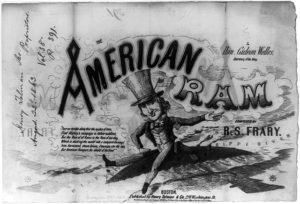
Gideon Welles, US Secretary of the Navy and Lincoln’s “Neptune”
Gideon Welles was the Secretary of the United States Navy from 1861 to 1869 and a cabinet member during the presidencies of Abraham Lincoln and Andrew Johnson.
Read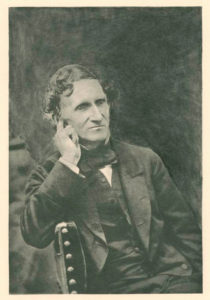
Elihu Burritt Dies – Today in History: March 6
On March 6, 1879, Elihu Burritt “the learned blacksmith” died in New Britain.
Read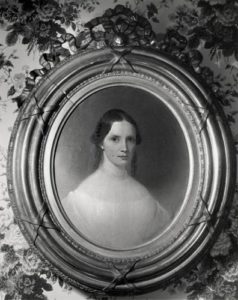
Looking Back: Tempest Tossed, the Story of Isabella Beecher Hooker
Isabella Beecher was a suffragist and spiritualist who shunned traditional female roles while alienating large parts of her family during her brother’s adultery scandal.
Read
Abraham Lincoln’s Republican Rally – Today in History: March 5
On March 5, 1860, Abraham Lincoln addressed the Republicans of Hartford at City Hall.
Read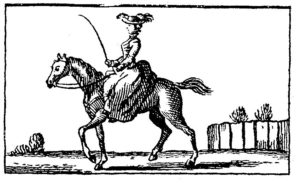
Sarah Kemble Knight’s Journey through Colonial Connecticut
In 1704, when long distance travel was rare and roads crude, a Boston woman journeyed by horseback to New York City and recorded her views of Connecticut along the way.
Read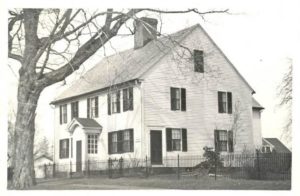
A Pioneering Woman in Business: Martha Parsons of Enfield
Enfield’s Martha Parsons broke new ground in her pursuit of employment opportunities for women. Her family home now belongs to the Enfield Historical Society.
Read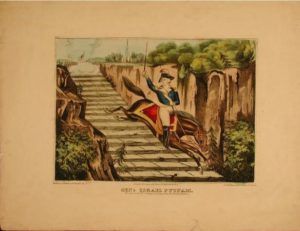
Israel Putnam: A Youthful Trailblazer Turned Colonial Militiaman
Israel Putnam served with distinction in the Seven Years’ War and in the Revolutionary War, particularly at the Battle of Bunker Hill.
Read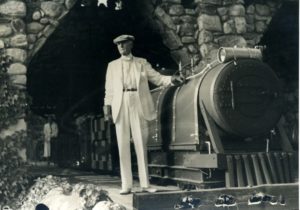
Holmes at Home: The Life of William Gillette
William Gillette was an American actor, playwright, and stage director most famous for his stage portrayal of Sherlock Holmes and for the stone castle he built in East Haddam.
Read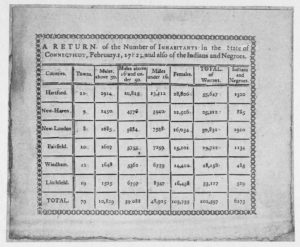
Connecticut’s Black Governors
For approximately one hundred years, Connecticut’s “Black Governors” were used by white authorities to help maintain order among the black population.
Read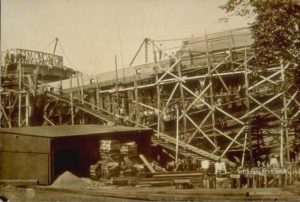
The Gildersleeve Shipbuilding Legacy in Portland
Perhaps the most recognizable name in the history of Portland, Connecticut shipbuilding is Sylvester Gildersleeve.
Read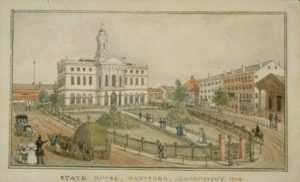
Jackson v. Bulloch and the End of Slavery in Connecticut
Nancy Jackson sued for her freedom in 1837. Her victory helped further the abolitionist cause in a state slowly moving toward outlawing slavery.
Read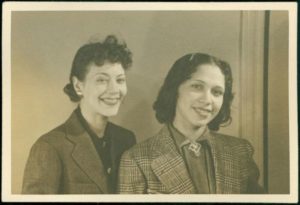
Remembering Fredi Washington: Actress, Activist, and Journalist
This actress earned acclaim for her portrayal of an African American woman who chooses to pass as white in order to escape racial discrimination but, in real life, she embraced her heritage and worked to end inequality.
Read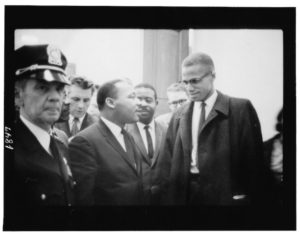
Malcolm X in Hartford: “Our Mission is Not Violence but Freedom”
In addition to helping found Nation of Islam Temple No. 14 in Hartford, Malcolm X spent considerable time in Connecticut rallying supporters to his cause.
Read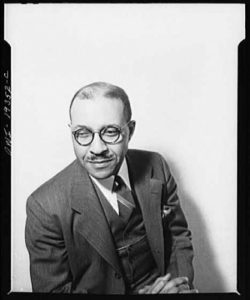
Hartford’s Great Migration through Charles S. Johnson’s Eyes
During the Great Migration of the early 1900s, African Americans from the rural South relocated to Hartford and other Northern cities in search of better prospects.
Read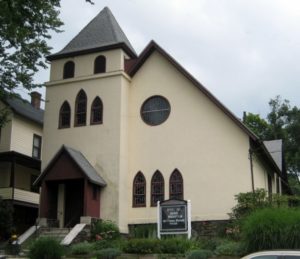
Site Lines: Fortresses of Faith, Agents of Change
Black churches, including the earliest ones in Connecticut, have long been at the forefront in the battle for social progress and equality.
Read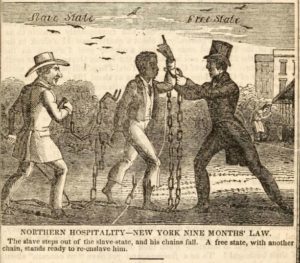
The Fugitive and the Hero
A runaway slave, evading the legal realities of the Fugitive Slave Law while working aboard the steamship Hero, jumped ship in East Haddam, narrowly avoiding the slave catchers that awaited him in Hartford.
Read
The Vonsiatsky Conspiracy Case
In 1942, Anastase Vonsiatsky of Thompson, Connecticut, was convicted of conspiring to betray state secrets to Nazi Germany.
ReadMore Articles




